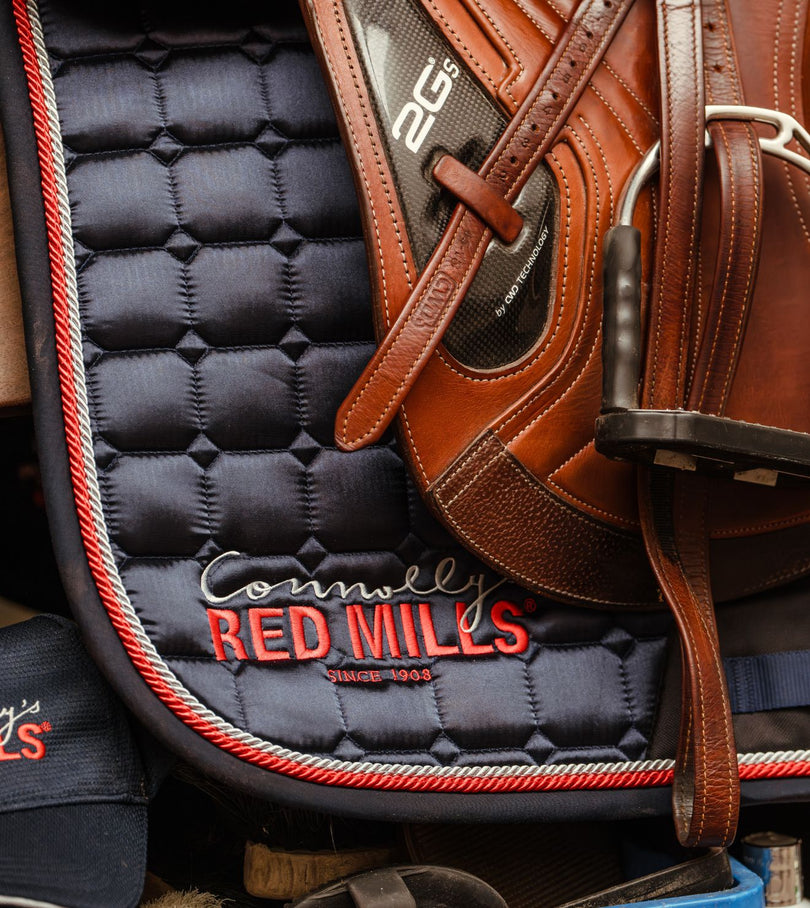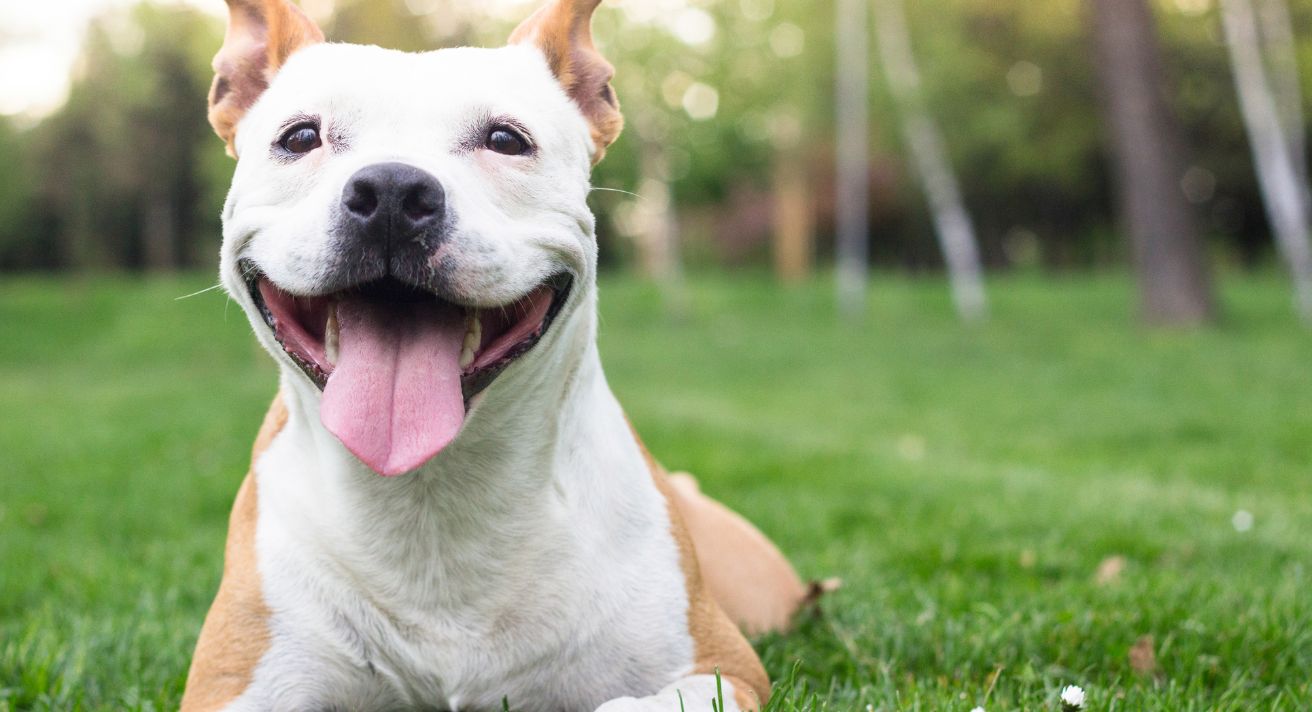Spring is the time of year when puppies who arrived at Christmas morph from tiny, adorable balls of eager-to-please adorableness into challenging, headstrong canine adolescents. This developmental stage is entirely normal, but it rarely feels that way to frustrated owners. Sadly it is when some people become so exasperated that they are tempted to give up on their pup. But this stage does pass, and with some time and patience, your dog will emerge into adulthood as a cooperative and devoted companion with many years of love and fun ahead.
The first thing to keep in mind when your young dog begins to regress is that it is normal. Dogs experience a developmental stage where they challenge the rules and push all of your buttons just like human children do. Spaying or neutering your pet is a good idea, but it doesn’t prevent this stage of canine development.
Training Tips for Adolescent Dogs
It may seem as if your dog suddenly has amnesia and cannot recall any of the training you’ve done. While they haven’t truly forgotten, they do have a lot of new things competing for their attention. Their focus is expanding beyond you, and now you have to compete for their attention.
Regular, consistent training sessions will help get you through this time. These sessions don’t have to be long; in fact, it is better to have two 10-minute sessions a day than one 20-minute session. Treats make it easier to get their attention. Pick two or three types of high-value treats that your dog can only have during training and rotate them so the dog doesn’t know which one they’ll get next. We love our Leader Train Me Treats for this – with fewer than 3 calories, they’re perfect for training sessions. Repeat the basics such as come, sit and stay daily as well as adding one or two new tricks to keep your dog challenged and engaged.
Exercise is important for adolescent dogs. Too much energy cooped up in the house is going to cause destruction and barking. If you can manage a half hour walk in the morning and another in the evening, that will engage your dog’s mind and burn off some energy. Let them take time to sniff as they walk, and keep drilling on basic obedience such as walking by your side with a slack lead instead of pulling. (When your dog starts to pull, change direction.)
Having a variety of toys is helps prevent boredom and inappropriate chewing. Instead of offering all of the toys at once, try rotating them giving a different one each day to keep your dog’s interest.
Nutrition and Canine Development
High quality dog food is the foundation of your pet’s health. Your vet can advise you about the best time to switch your dog from puppy food to adult dog food. This varies a bit by breed type, and it should be done gradually. Finding a good food with an appropriate amount of calories for your dog’s activity level is important. Excess calories, artificial ingredients and filler ingredients won’t help your dog at this critical stage of their development. The right dog food will promote healthy brain and muscle growth, which will help them get their adulthood off on the right paw.













